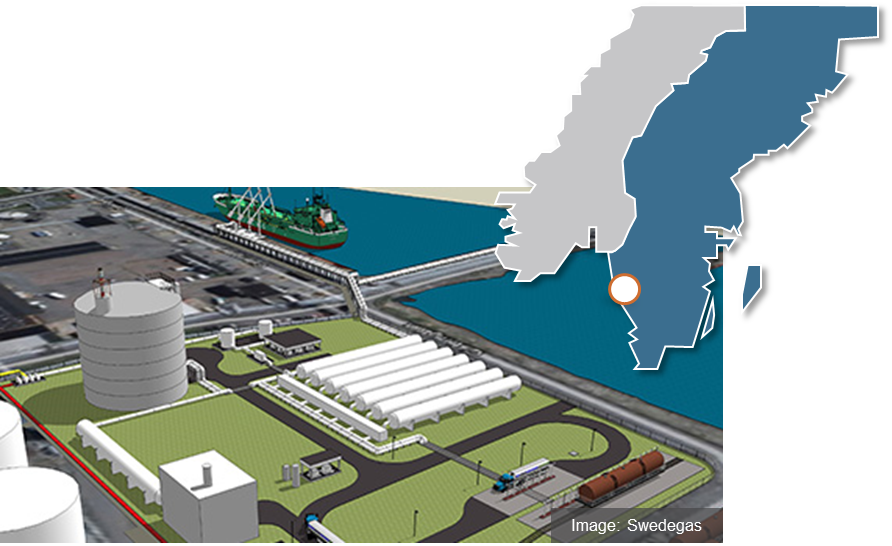Fluxys Expands Zeebrugge Bulk-Breaking
Belgian gas infrastructure operator Fluxys said July 26 it has taken the final investment decision (FID) to build a second truck loading station at its LNG terminal in Zeebrugge. As well as helping to meet rising demand for truck-loading there, it will also help a project in Sweden.
Construction is planned to start in spring 2018 and it would be commissioned before summer of the same year.
LNG trucks and trailers can be loaded at Zeebrugge with 40 m³ to 50 m³ of LNG at a time; over 5,000 loadings have already left Zeebrugge by road and by ferry in order to supply remote industrial end-users and to supply LNG as a fuel for ships and trucks in neighbouring countries.
This second truck-loading station is to receive funding from the EU’s Connecting Europe Facility (CEF), as part of a pilot project to facilitate supply of LNG to a new LNG-bunkering facility in western Sweden. That's because western Swedish distributor Swedegas earlier this month said it will invest in a new bunkering facility at the Port of Gothenburg, the first in what is Scandinavia’s largest port, and that Fluxys would help facilitate supplies. At a later stage, it said the facility may be connected to the existing Swedegas network.
Swedegas owns the 600-km high-pressure gas transmission grid extending from Dragor in Denmark to Stenungsund in Sweden.

Artist's illustration of the planned LNG bunkering station at Port of Gothenburg, also showing the port's location (Image credit: Swedegas)
Fluxys told NGW last week that, in an initial phase, LNG containers will be shipped from Zeebrugge to Gothenburg. However it said that LNG could also come from other terminals. It noted that Fluxys does not supply gas, but rather makes its infrastructure available to customers.
Thus over time, LNG might be supplied to Gothenburg from any number of other sources, including Netherlands (Gate), Poland (Swinoujscie), Spain, Norway, Lithuania or the UK, as Fluxys tells NGW there is no exclusivity arrangement between it and Swedegas in relation to the Gothenburg project.
Swedegas – which is 50-50% owned by Fluxys and Spanish gas grid Enagas – said July 3 that the quayside LNG bunkering facility at Gothenburg is expected to be fully operational in 2018. Amounts to be invested, and expected throughput capacities, at each new facility were not divulged in Fluxys and Swedegas statements.
Fluxys wholly-owns Belgium's gas transmission grid and 9bn m3/yr LNG import terminal at Zeebrugge and is part-owner of the nearby 13bn m3/yr Dunkirk LNG terminal in France.
Mark Smedley



